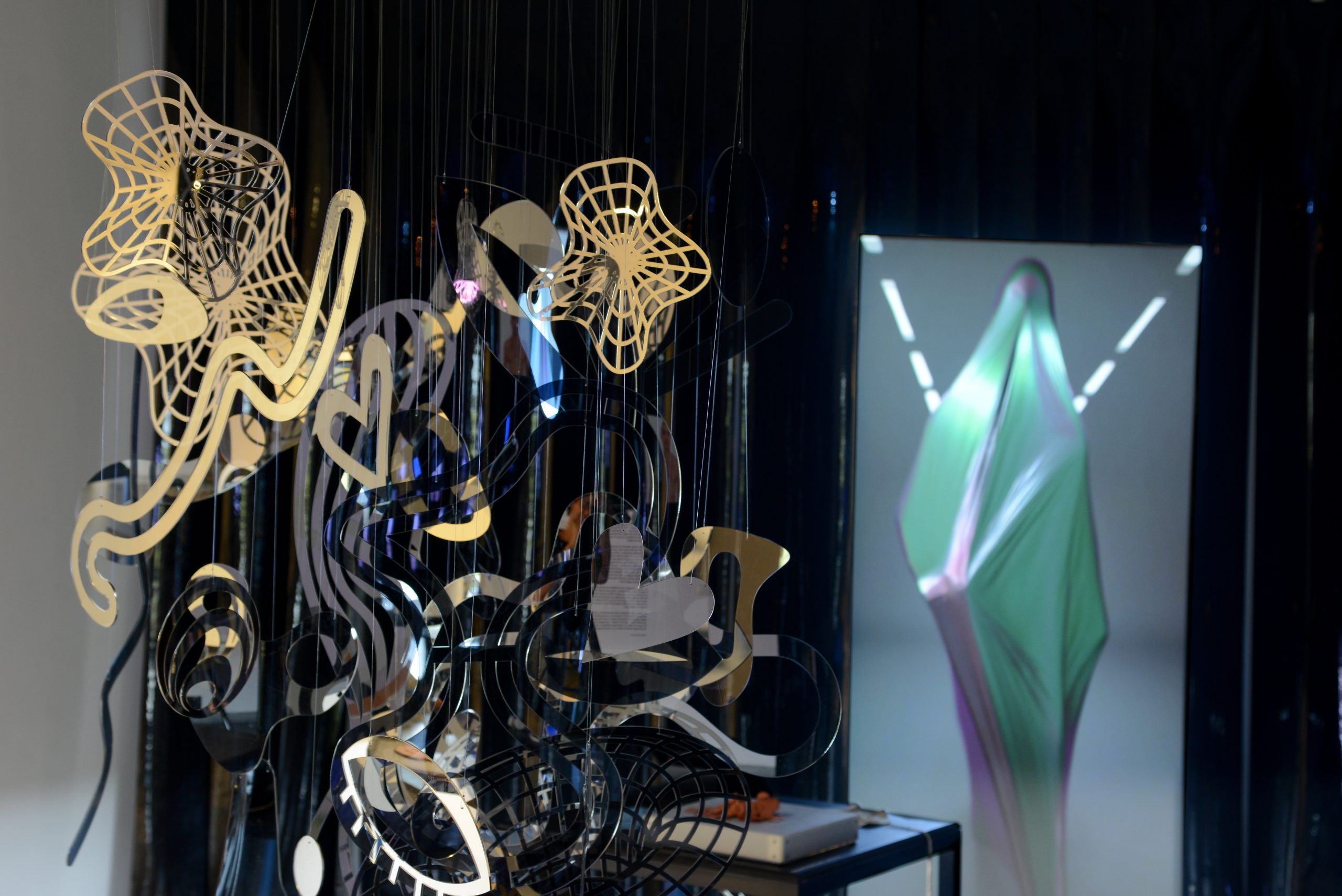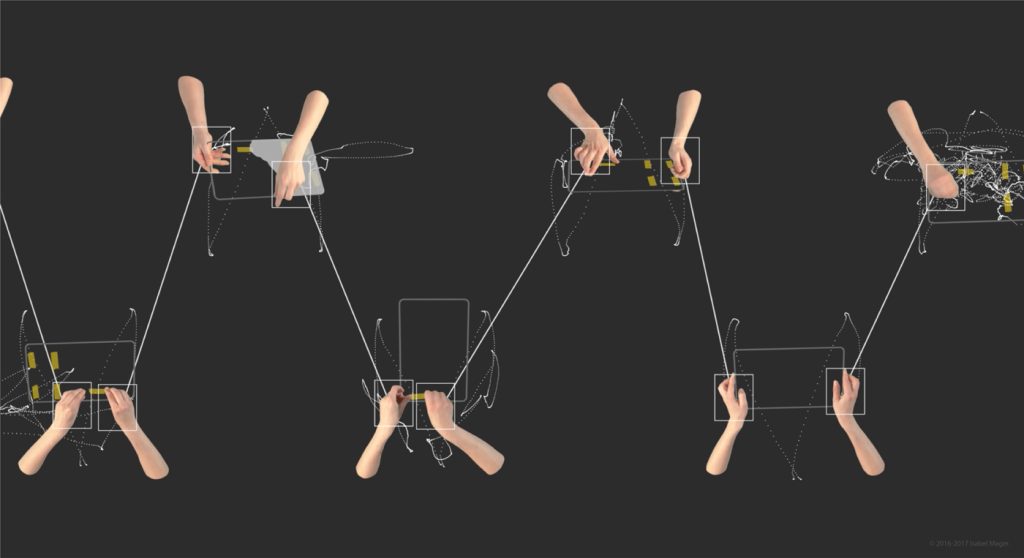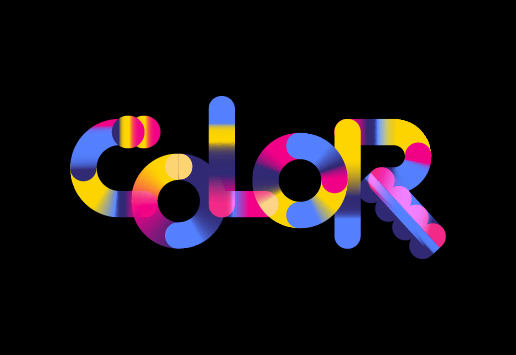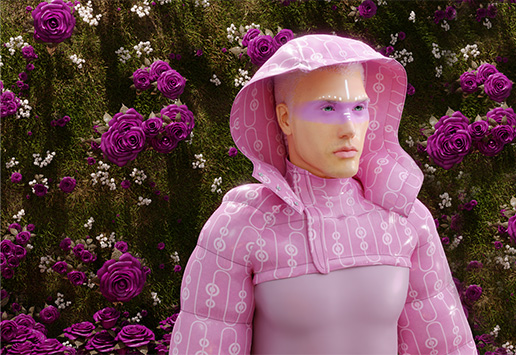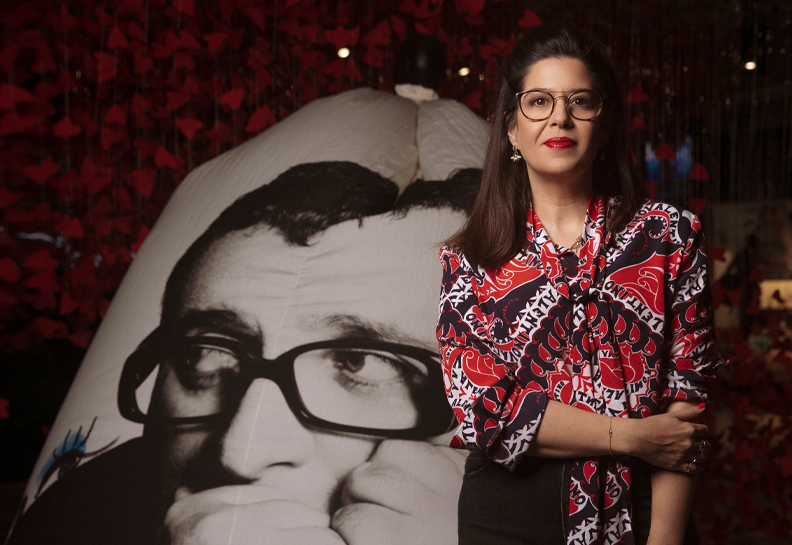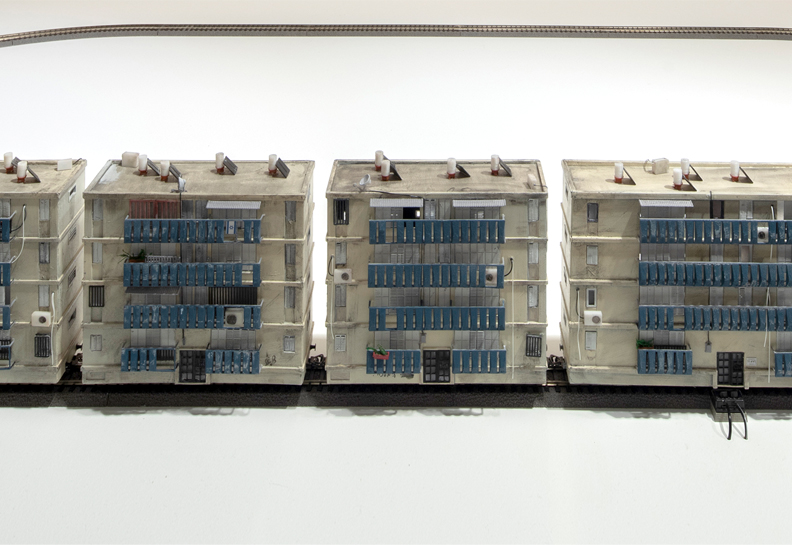June 06, 2018 – October 20, 2018
Floating, bouncing, puffy shapes that appear to be breathing. Boldly colored forms that look highly tangible yet are actually flat, at once familiar and strange. The “Uncanny” (Das Unheimliche) is a Freudian term describing the sense that is provoked when we come upon phenomena that blur the line betweenthe real and the imagined, the organic and the non-organic, the human and the non-human, giving rise to a paradoxical combination of strange and familiar elements.
In 1970, the Japanese professor Masahiro Mori used this term in order to define a phenomenon in the field of robotics and computer graphics. Mori demarcated the intermediate zone between a robot or digital version of a human figure and between a living, healthy human. The dissonance experienced between an actual person and a figure that almost exactly resembles a living being gives rise to an uncomfortable sense that something is wrong or suspect. Mori called this twilight zone “The Uncanny Valley.”
